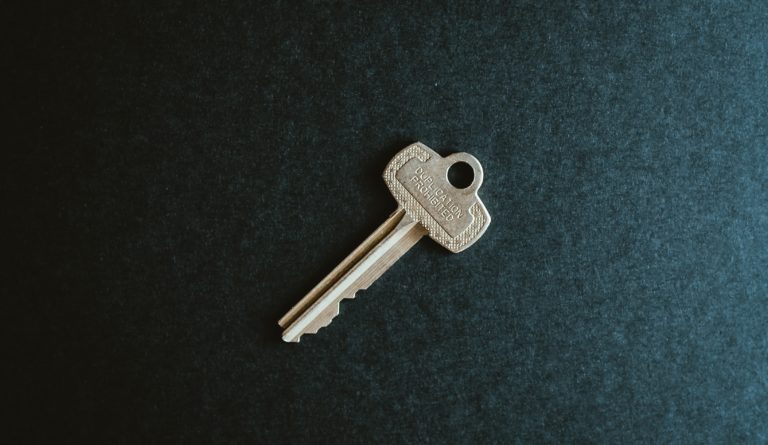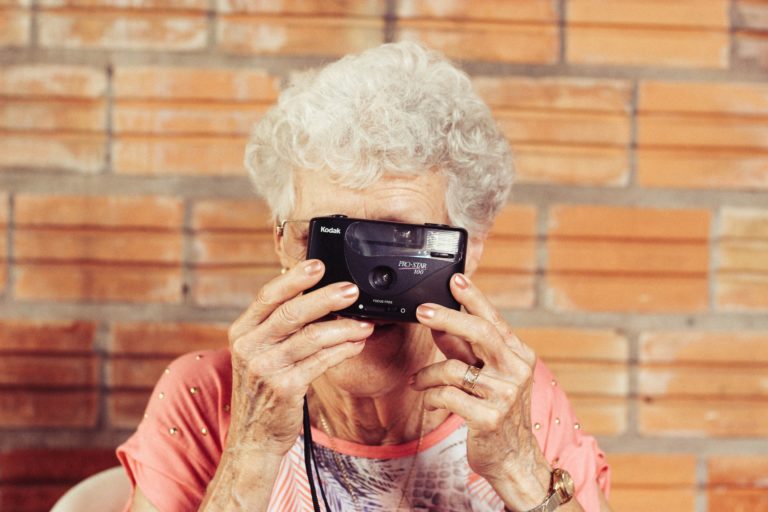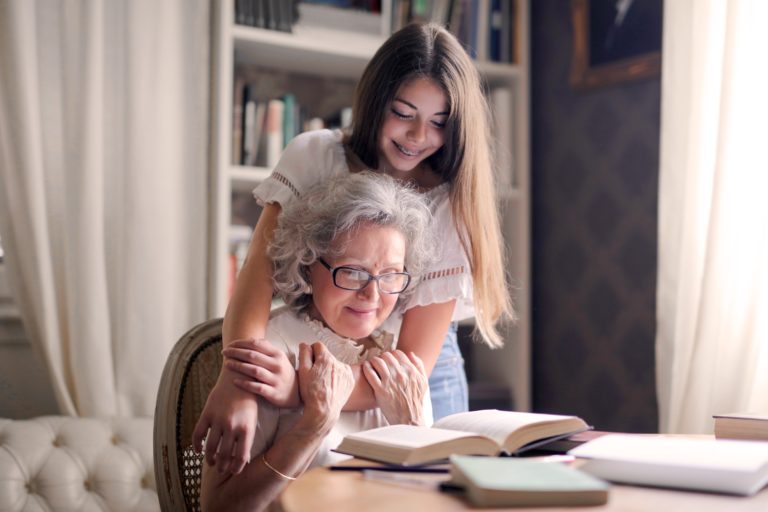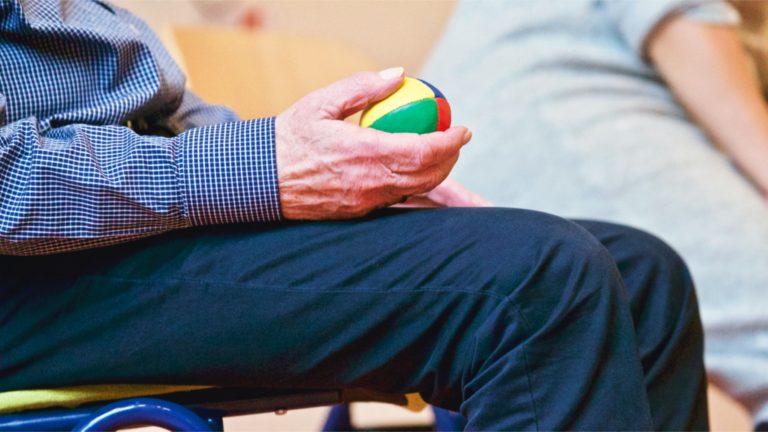
What Changes are Happening to Social Security in 2021?
The Social Security program undergoes a number of changes every year. Fox News’s recent article entitled “7 changes to Social Security in 2021” looks at the updates unveiled by the Social Security Administration (SSA) last week.
More money. The SSA recently announced a 1.3% COLA for the upcoming year. That means an extra $20 a month for the average retired worker. It is an estimated monthly payout of $1,543 a month by January 2021. With prices for goods and services dropping between March and May because of the coronavirus pandemic, a 1.3% COLA is a win for the program’s 64.8 million recipients.
Full retirement age going up. There’s an increase in the full retirement age (FRA), which is the age when they can receive 100% of their monthly payout, as determined by their birth year. In 2021, the full retirement age is going to go up by two months, to 66 years and 10 months for people born in 1959 (i.e., beneficiaries who can become newly eligible next year). Remember that claiming benefits at any age before your FRA results in your taking a permanent reduction to your monthly payout. The Social Security FRA will peak at age 67 in 2022 for anyone born in 1960 or later.
High earners will pay more taxes. A big change next year is an increase in the payroll tax earnings cap. The payroll tax generated $944.5 billion of the $1.06 trillion collected by Social Security. In 2021, all earned income up to $142,800 will be taxable, representing an increase of $5,100. For the roughly 6% of workers who are expected to hit this cap, it’s an increase in payroll tax of up to $632.40 next year.
Wealthy can get a larger monthly benefit. After the SSA capped monthly retirement benefits at $3,011 for persons of full retirement age in 2020, the maximum payout at full retirement age is going up to $3,148 a month in 2021. That’s an extra $1,644 a year for wealthy workers.
The disability income thresholds increase. About 9.7 million beneficiaries are receiving a monthly payout from the Social Security Disability Insurance Trust. In 2021, the income thresholds where benefits cease to disabled beneficiaries will be higher.
Withholding thresholds for early filers gets a bump. Social Security has a number of ways it penalizes early filers, one of which is the retirement earnings test. This lets the SSA withhold some or all of an early-filer’s benefit, if they earn more than a preset income threshold. In 2021, these income thresholds will be higher. Early filers who will reach full retirement age in 2021 will also see a bump in the withholding threshold. Next year, early filers who attain FRA at some point during the year will be allowed to earn up to $50,520 ($4,210 a month) before $1 in benefits is withheld for every $3 in earnings above this threshold. That’s an increase of $160 a month from this year’s levels. (The retirement earnings test isn’t applicable when you hit your full retirement age, no matter when you claimed benefits, and withheld benefits are returned as higher monthly payouts after hitting full retirement age.)
Must earn more to qualify for a retirement benefit. To qualify for a retirement benefit, you’ll need to have earned 40 lifetime work credits, of which a maximum of four credits can be earned each year. These credits are awarded according to an individual’s income in a given year. (Workers received one lifetime work credit in 2020 with $1,410 in earned income, so if a worker nets at least $5,640 in earned income or $1,410 X 4 this year, they’ll get the max of four credits). Next year, it’ll take $1,470 in earned income to earn one lifetime work credit, or $5,880 for the full year to maximize your Social Security work credits.
Reference: Fox News (Oct. 19, 2020) “7 changes to Social Security in 2021”









